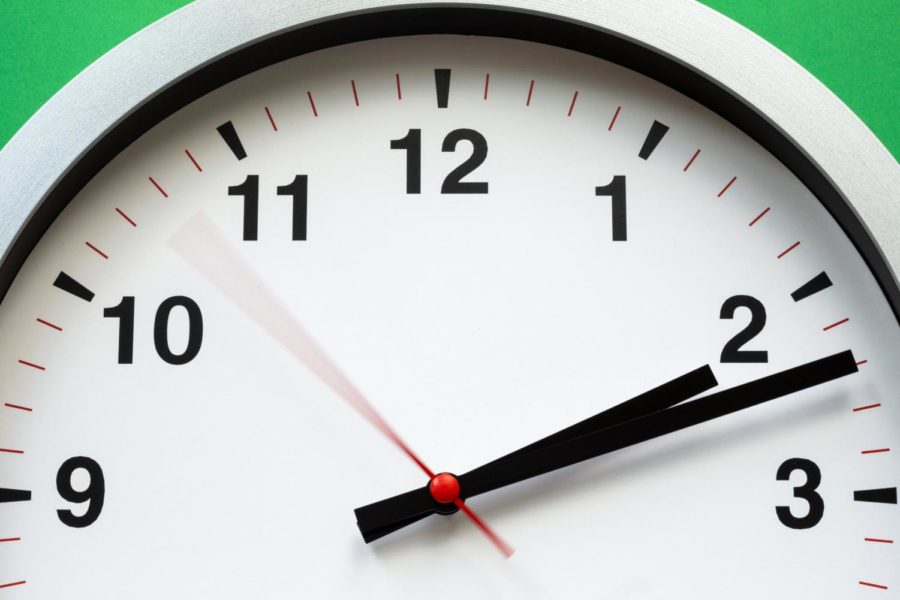“Circle Time”: Is It Working?
By now we have all experienced two “Circle Times.” We discussed topics like cell phone usage and tardiness… but were they really effective? As we look at the behavior of students after and during “Circle Time,” the answer becomes clear.
During our first “Circle Time,” we talked about cell phones and how they may be affecting the classroom and individuals, and how we should punish them. From my class and what others have told me about other classes, many had the same answers to the questions asked. When asked if people using their cell phones disrupted the classroom environment, many people agreed, saying no, it had no effect whether someone was on their phone or not.
Then, when prompted with the next question of what should be the punishment for someone using their phone, there were some mixed answers, but many people had the same or similar answers. They said that there should be no punishment. If a student were to fail a class due to cell phone usage, that is their fault, and their failing grade should be punishment enough to show them that in order to pass high school, they must focus and not spend their time on their phone. From those answers alone, you should be able to infer that “Circle Time” wasn’t effective at reducing cell phone usage during class. People still used their phones as much as they did before “Circle Time”.
Our next and most recent “Circle Time” was about tardiness. Unfortunately, for this one, I can’t tell you if it truly worked or not. I can only infer whether or not it worked based on the answers from my peers. Many of my peers did not even know the tardiness and absence policy, and were shocked to find out about it. When it came to discussing it, we all had similar ideas. We agreed that some punishments were acceptable for recurring offenders – but people who have legitimate reasons for being late (younger siblings, illness, etc.), should not be held accountable. When it came to what goals to set in order to get to school on time, many people said waking up earlier, but a few students claimed that even if they set these goals, they probably wouldn’t work to reach them. So whether “Circle Time” for tardiness worked or not, the observations of my peers imply that it probably didn’t.
With that, we can conclude that “Circle Time” is not effective. Students see it as nothing more than a way to have shorter class periods. But whether or not it’s effective, it’s still interesting to have discussions and see other people’s points of view on different school issues. So stay tuned to see what our next “Circle Time” is about. Will it be the dress code, vandalism, or something else?







